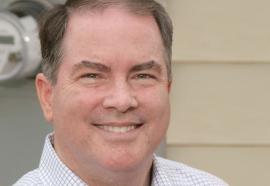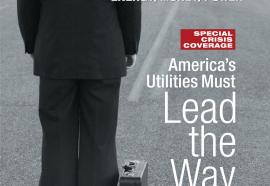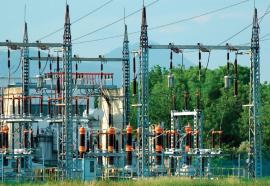Defensive Invention
When the U.S. Patent Office published patent application number 11/626,810 in July 2008, few people noticed—at first. Soon, however, the metering-technology community was abuzz, mostly with outrage. If the Patent Office grants the patent and all its claims, other utilities would be legally forbidden from using any of the methods described, without first obtaining a license from the patent holders.








